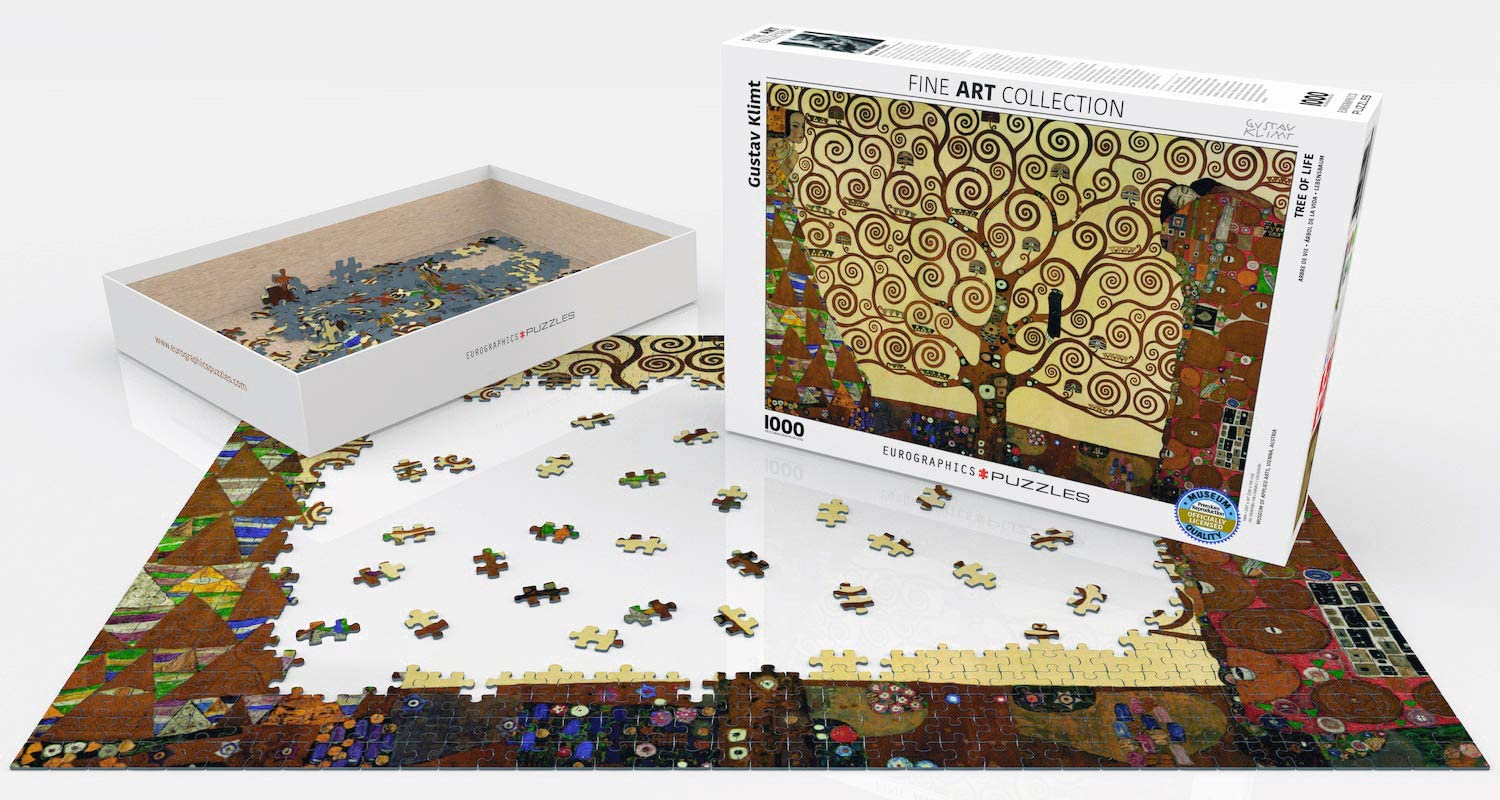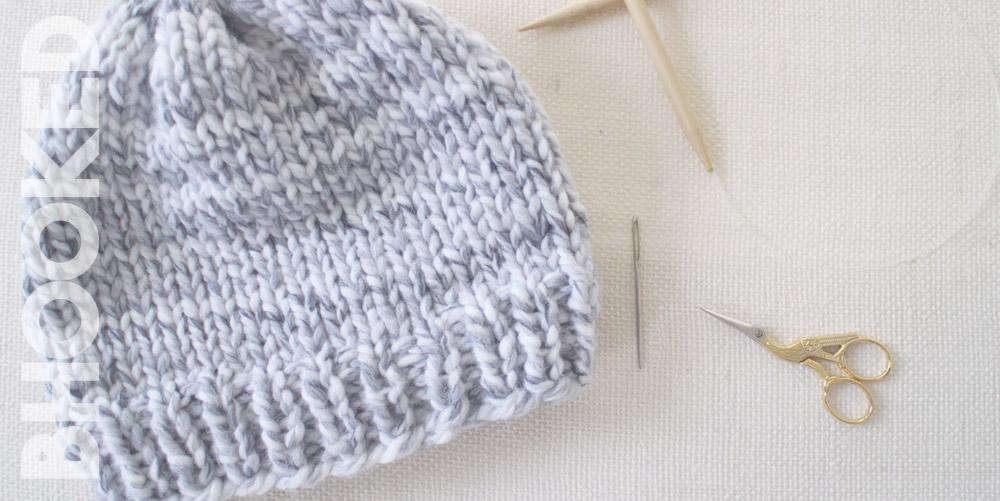
Sealing scrapbook paper properly is essential if you wish to attach it to wooden boards. Here are some tips for sealing scrapbook paper. The glue can also be applied with a paint roller. Once the glue dries, you can adhere your paper to the wood. You can also use a protective barrier to prevent the wood from warping. When adhering the paper, make sure that it completely covers the surface. Use a wooden support board of equal size or greater to support your paper. You can then remove the weights after a few hours.
Mod Podge
Mod Podge seals wood to paper in many ways. Mod Podge can be used to cover scrapbook papers and seal printed designs. Before you begin, ensure you have the correct materials. Apply the sealer using a large, flat paintbrush.
The surface should be thoroughly cleaned. Some plastics are more resistant to Mod Podge than others, so be sure to thoroughly clean it. Other materials, such as Plaster, Papier-Mache, or Terra Cotta, should be cleaned with soap and water or with a damp cloth. Mod Podge won't work with plastic that is difficult to remove.

Polyurethane
Before you apply polyurethane to wood surfaces, you need 120 grit paper. After this, clean the wood with turpentine or paint thinner. Polyurethane should never be shaken. If it does, tiny bubbles will form in the finish. To apply the sealer, a good quality brush should be used that doesn't shed bristles. A generous coat is recommended. Keep the brush at least 8 to 12 inches from the surface. Use a generous coat of paint, but don't overcoat.
Nonporous adhesive polyurethane forms strong joints. While not as strong or durable as epoxy, polyurethane can be used in certain applications to form stronger bonds. Another benefit of polyurethane is its ability to bond dissimilar materials. Polyurethane is more environmentally friendly than epoxy or other systems that use formaldehyde. Polyurethane glues can be used in a variety of applications. They are solvent-free, low-VOC and generally non-toxic.
Lineco PVA glue
If you are looking for an acid-free adhesive that will seal paper to wood, consider using Lineco Acid-Free Adhesive. This glue is water-soluble and pH neutral. It sets up within 20 minutes. It is reversible. It also drys clear.
This neutral pH acrylic glue sets quickly and is strong. It is available in corner packs of 250 and is pressure-sensitive. Lineco Frame Sealing Tape can be used to seal backing board to frames. It will conform to any surface irregularities and act as a barrier to wooden frame rabbets. The adhesive should dry for at most a couple of hours before mounting.

Painting scrapbook paper to wood
Finding a flat, unprinted scrapbook piece is the first step to painting scrapbookpaper to wood. Two designs can be used - one to cover the outside edge and the other for the back. You can use scrapbook paper printed on a computer to print your design and then place it on the wood. After the wood craft paint has dried you can apply your scrapbook paper.
Once you have the wood covered, apply a generous layer of Mod Podge to the back. If you are working with a large object, a brayer may be useful to eliminate air bubbles. Mod Podge can be used to coat larger pieces of wood such as tissue boxes covers. Allow each coat to dry at least 15 minutes before applying the next. If the surface is too dry, you can use fine-grit sandpaper and water to smooth the surface.
FAQ
What are good hobbies for seniors?
Senior citizens should be able to enjoy activities that they are passionate about. Active seniors should take up sports and other physical activities.
They might want to join clubs where they can meet people who share similar interests. They will feel less lonely as their age.
Seniors should also keep up with the latest trends. For example they could keep up to date with fashion, art music, literature, politics, and so forth.
What are some good hobbies?
Your favorite hobbies are ones you enjoy. You will find it easier to stay motivated if you love what your doing. If you don't feel well or tired, you will always have an excuse!
We all have hobbies that we love and know. These include painting, crafting, photography, cooking and sports.
Volunteering could be a great option.
Let's say you are looking for something more exciting. You might consider scuba diving or skydiving.
There are many other ways to spend time outside. You can go cliff diving, cave tubing or snowshoe hiking, snowshoeing or snowkiting.
Why do we have hobbies?
Hobbies are an important part of our lives because they give us time to relax, unwind, think creatively, exercise, socialize and enjoy ourselves. You can also learn new skills and develop lifelong interests.
Hobbies give us meaning and purpose in life.
They can be a great way of spending time without having to do anything else.
They are fun!
If you don’t have the time to do a hobby, you likely don’t have any other hobbies.
So take a look at all the options available to you. Start a hobby today, if you don’t have one already!
What is the cost of a hobby?
The only thing that costs less than a hobby is time. It can take many years to accomplish what you desire if you are serious about it.
However, there is something that can help. It's called "passion". If you have passion about something, it will make it easier for you to work hard.
You may become addicted to the activity once you have put in enough hours. This is where the real joy begins. Because you're doing something you like and it keeps getting better. So by the end of the year, you will probably have made quite an improvement.
So don't worry too much about how long it takes. Just go ahead and try. You might be surprised by what you find!
What hobbies are in fashion right now
Popularity isn’t always a positive thing. It is often used to excuse mediocrity. Most people don't have the time or energy to pursue their hobbies. They are too busy trying to make ends meet. What can you do if your time is limited? You could also start your own business.
This isn't an easy task. There are many obstacles to overcome before you can turn your idea into reality.
Consider pursuing a hobby if your goal is to have something more fun than running a company.
Hobbies don't have to be creative. There are many hobbies. Some of these include:
-
Gardening
-
Cooking
-
Photography
-
Reading
How do I start my new hobby?
First, decide what type or activity you want to pursue.
Once you have decided on your subject, passion is the key.
It is important to know the reason you want to begin a hobby. It will give you some direction and purpose.
Once you've decided what type of hobby you'd like to pursue, you can begin planning.
Think about the equipment that will be needed.
Consider whether you are required to attend classes and seminars.
Ensure that you have enough space for your hobby.
A club or group might be something you consider. These groups offer support and advice.
Finally, think about how much money you would need to spend on your hobby.
Statistics
- 37% Video Games 36% Travel 36% Health and Fitness (quizexpo.com)
- A new survey by Pew Research Center of teens ages 13 to 17 finds that 36% of girls feel tense or nervous about their day every day; 23% of boys say the same. (pewresearch.org)
- The Role of the Mind in Sex, Dating, and Love: Men in the “humor” condition received phone numbers from 42.9% of the female participants and were refused 57.1% of the time. (time.com)
- The intensity of the dialogue partners' bond at the end of the forty-five-minute vulnerability interaction was rated as closer than the closest relationship in the lives of 30 percent of similar students. (time.com)
- Studies show that just six minutes of reading can reduce stress levels by 60 percent. (oberlo.com)
External Links
How To
How to Start Gardening
Gardening is one among the oldest forms. It requires persistence, patience, and determination. It is important to choose the right location for your garden. This could be on a large piece of land or in your backyard. Next, select the kind of plants that are most appealing to you. Do you prefer flowers or vegetables? Some people are passionate about growing herbs, while others like raising livestock like rabbits. Before you decide on what type of crops to plant you need to take into consideration how much space you have. If your climate is cold, you may decide to plant berries and fruits.
After choosing what you want to plant you need to prepare your soil. Your plants' success or failure will depend on the soil they are placed in. Good quality soil contains organic matter that helps feed your plants' roots. Organic matter can include leaves, twigs and grass clippings as well as manure and compost. After you have prepared the soil, you will need to add nutrients. You might need different amounts, depending on the species of plants that you want to grow. Online fertilizer calculators can be used to determine these values. There are many fertilizers to choose from, so it is important that you are familiar with the product you are using.
After you have prepared the soil and added nutrients, it is time to wait for your seeds germination. This process usually takes anywhere from 2 weeks to 3 months, depending on the weather and the temperature in your area. After seeds have sprouted, water them every day. Overwatering your plants can lead to problems. Overwatering can cause problems. Overwatering your plants can lead to root disease and fungal infections. It is important to remember that plants will need less water in summer than in winter when watering them. Also, remember that certain plants need to dry out after watered. For example, tomatoes need to stay slightly moist but not wet. They don't like to sit in soggy soil. After they have finished flowering, they must go dormant. Plants go dormant when they stop producing new growth and instead store energy for next year's harvest. Dormancy is when the plant stops sending signals back to its roots for food production. The plant continues to store energy during this time. However, the plant will die if temperatures drop below freezing or there is insufficient sunlight.
You may be limited in what plants you can grow if you live in an urban area. Concrete sidewalks, roads, buildings and parking lots are all common in urban areas. These blocks block sunlight from reaching ground level. Concrete absorbs light which blocks sunlight from reaching the ground below. Because of this lack of sunlight, many plants cannot survive in cities. Fortunately, there are still many plants that can thrive in an urban environment. Many perennials, trees, and shrubs are able to adapt to urban living. Many annuals are also possible to grow indoors in containers. You can bring greenery inside your home all year round, regardless of the weather.
You're now ready to plant after you have chosen where and what to grow in your garden.